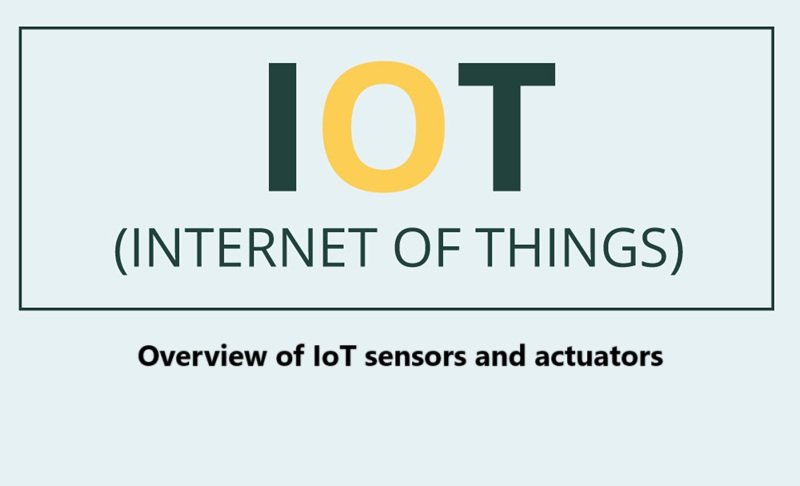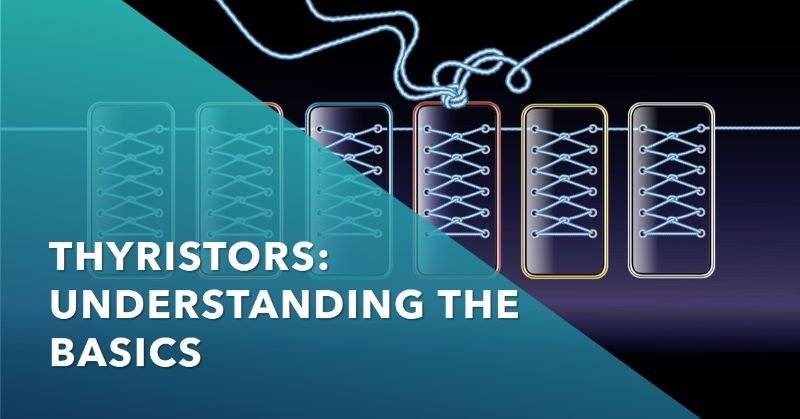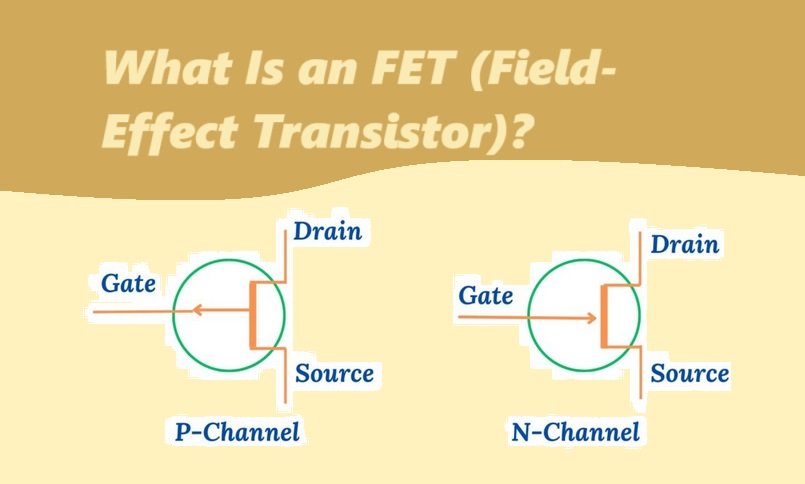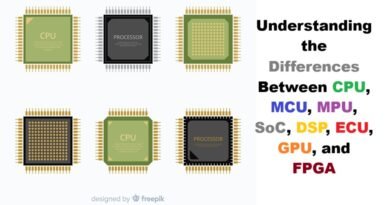Overview of IoT Sensors and Actuators
The Internet of Things (IoT) relies on devices to interact with the physical world. Two key components that make this interaction possible are sensors and actuators. Sensors collect data from the environment, while actuators perform actions based on the data received. Together, they form the foundation of IoT systems, enabling devices to gather information and respond intelligently.
What Are IoT Sensors?
Sensors are devices that detect and measure physical changes in the environment, converting them into data that can be processed by IoT systems. These changes can include temperature, motion, light, humidity, pressure, and more. Sensors act as the eyes and ears of IoT, providing real-time information for decision-making.
Types of Sensors in IoT
- Temperature Sensors
- Measure heat or cold in an environment.
- Commonly used in smart thermostats, industrial equipment, and weather monitoring systems.
- Motion Sensors
- Detect movement or vibrations.
- Used in security systems, automatic doors, and fitness trackers.
- Light Sensors
- Measure the intensity of light.
- Found in automatic streetlights, smartphones (for brightness adjustment), and smart curtains.
- Humidity Sensors
- Measure moisture levels in the air.
- Widely used in agriculture, HVAC systems, and weather stations.
- Pressure Sensors
- Measure force or pressure exerted on a surface.
- Used in industrial machinery, smart tires, and medical devices.
- Proximity Sensors
- Detect the presence of nearby objects without physical contact.
- Found in parking sensors, smartphones, and conveyor systems.
- Gas Sensors
- Detect the presence of specific gases, such as carbon monoxide or methane.
- Used in air quality monitoring and industrial safety systems.
Key Features of IoT Sensors
- Accuracy: Sensors provide precise data for reliable decision-making.
- Low Power Consumption: Designed to work efficiently in resource-constrained environments.
- Connectivity: Many sensors include built-in communication modules to send data wirelessly.
What Are IoT Actuators?
Actuators are devices that take action based on commands from an IoT system. They are the “doers” of IoT, converting electrical signals into physical actions like movement, rotation, or controlling a mechanism.
Types of Actuators in IoT
- Electric Actuators
- Use electricity to create motion or control mechanisms.
- Examples include motors in robotic arms and electric valves in water systems.
- Hydraulic Actuators
- Use liquid pressure to generate force and motion.
- Commonly used in heavy machinery, like excavators and lifts.
- Pneumatic Actuators
- Use compressed air to perform actions.
- Found in factory automation systems and vehicle brakes.
- Thermal Actuators
- Use heat to expand or contract materials, creating motion.
- Used in fire safety systems and temperature control valves.
- Magnetic Actuators
- Use magnetic fields to produce motion.
- Found in loudspeakers and magnetic levitation systems.
Key Features of IoT Actuators
- Precision: Perform actions with high accuracy based on input commands.
- Durability: Designed to operate reliably in various environments.
- Integration: Easily integrate with IoT devices and control systems.
How Sensors and Actuators Work Together
In an IoT system, sensors and actuators collaborate to create a seamless process of data collection and action. Here’s an example:
- Sensor: A motion sensor detects movement in a smart home.
- Processing: The system analyzes the data and decides to turn on a light.
- Actuator: A smart light actuator receives the command and turns the light on.
This process happens across various IoT applications, from industrial automation to smart agriculture.
Applications of Sensors and Actuators in IoT
Smart Homes
- Sensors: Temperature and motion sensors.
- Actuators: Smart locks, lights, and thermostats.
Healthcare
- Sensors: Heart rate and blood pressure monitors.
- Actuators: Automated drug dispensers and robotic surgical tools.
Agriculture
- Sensors: Soil moisture and weather sensors.
- Actuators: Automated irrigation systems and fertilizer sprayers.
Industrial Automation
- Sensors: Pressure and proximity sensors.
- Actuators: Robotic arms and conveyor belts.
Transportation
- Sensors: GPS and accelerometers.
- Actuators: Automatic braking systems and adaptive cruise control.
Conclusion
Sensors and actuators are the core components of IoT systems, enabling devices to sense the world around them and take meaningful actions. Sensors gather crucial data, while actuators bring IoT systems to life by performing tasks based on that data. Together, they make IoT applications smarter, more efficient, and capable of transforming industries and daily life.








